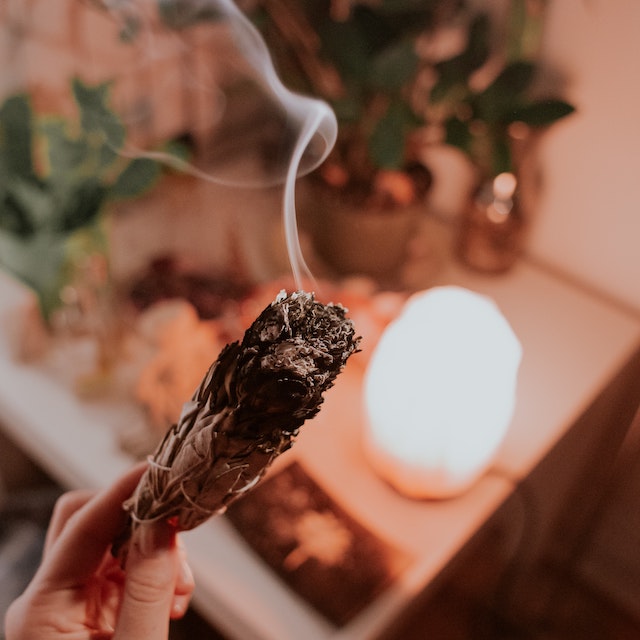What is Reiki?
Reiki is a gentle Japanese healing technique that promotes relaxation, well-being, and energy balance. The term “Reiki” combines the Japanese words rei (universal) and ki (life force energy), reflecting the practice’s focus on channeling universal energy to support the body’s natural healing.
How it works: During a session, a Reiki practitioner places their hands lightly on or just above the body, helping to guide energy and support the body’s innate ability to restore balance and harmony.
History: Reiki was developed in Japan in the early 20th century by Mikao Usui, who sought a method to promote physical, emotional, and spiritual healing.
Safety: Reiki is non-invasive and has no known harmful side effects, making it a safe complementary practice for most people.
Training: Practitioners undergo specialized training and attunement from established Reiki masters to develop their skills and connection to the energy.
Sessions: A typical session lasts 30–60 minutes. The practitioner moves their hands over different areas of the body, providing a calming and restorative experience.
Fun Facts: Reiki aligns with ideas from quantum physics, particularly concepts like the human energy field (aura), the universal energy field, and the interconnectedness of all things.







